How to Make the Perfect Roasted Chicken Spice Rub
Creating a flavorful roasted chicken spice rub is simple with the right ingredients and technique. This guide provides step-by-step instructions, ingredient tips, and expert techniques to ensure crispy skin and maximum flavor.
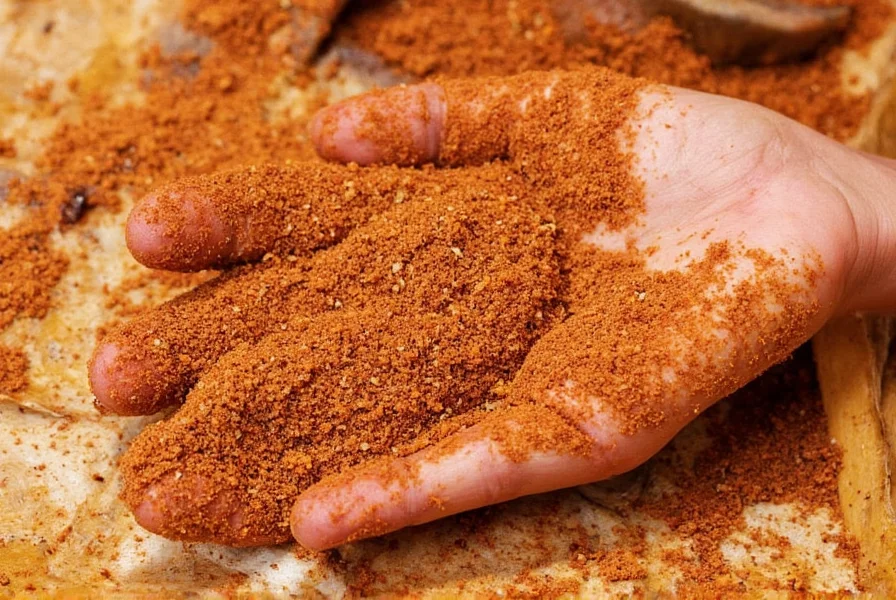
Whether you're a beginner or experienced cook, mastering a spice rub can transform your chicken from ordinary to extraordinary. Here's how to do it right.
Understanding Spice Rubs for Chicken
A spice rub is a dry blend of ground herbs and spices used to season meat before cooking. Unlike marinades, which are liquid-based and require time to soak in, rubs work quickly by forming a delicious crust during roasting.

When applied generously and rubbed into the skin, they create a flavorful barrier that locks in moisture and adds depth to every bite. The key is balance — not too much salt, enough heat, and the perfect herbal notes to tie everything together.
Top 10 Tips for Crafting the Ultimate Chicken Rub
- Dry vs Wet Rubs: Dry rubs stick better to skin and create a crispier texture. Wet rubs (with oil or citrus) help the spices adhere but may affect browning.
- Bold Base = Bold Flavor: Start with paprika, garlic powder, onion powder, and black pepper as your foundation.
- Salt Smartly: Use 1 teaspoon of salt per pound of chicken for optimal flavor without overpowering.
- Add Heat if You Dare: Cayenne or chili powder brings the fire without overpowering the rest of the flavors.
- Herbal Accents: Fresh or dried thyme, rosemary, or oregano add aromatic layers that elevate the dish.
- Lemon Zest? Yes Please: A little citrus zest brightens up the entire profile and cuts through richness.
- Rub It In: Massage the rub into every crevice, including under the skin for maximum flavor penetration.
- Let It Rest: Allow the chicken to sit with the rub for at least 30 minutes before roasting (or even overnight).
- Don't Forget the Skin: For crispy, golden skin, pat the chicken dry before applying the rub.
- Store Extra Rub: Make a big batch and store it in an airtight container — it keeps for months and saves tons of prep time.
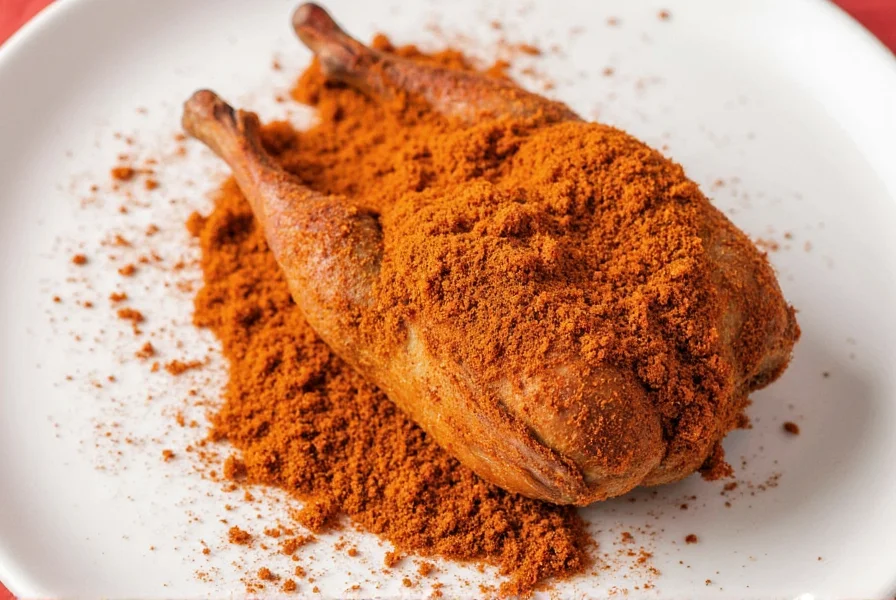
Rub Comparison Table: Herbs, Spices & Flavors
| Spice/Herb | Flavor Profile | Heat Level | Best For |
|---|---|---|---|
| Paprika | Earthy, slightly sweet | Low | Color, mild background flavor |
| Greek Oregano | Peppery, robust | Low | Mediterranean dishes |
| Thyme | Woody, minty | Low | Classic herb rubs |
| Cayenne Pepper | Sharp, fiery | High | Adding serious heat |
| Smoked Garlic Powder | Deep, savory | Low | Smoky complexity |
Buying Guide: Best Store-Bought Rubs Reviewed
If mixing your own rub feels like too much effort (we don't judge), here are some top-rated options to consider:
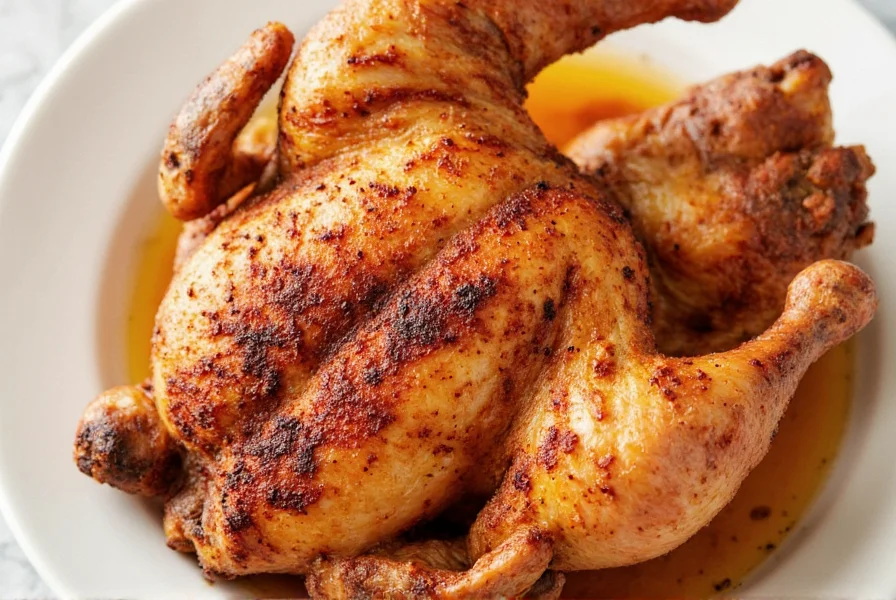
- Badia Original Seasoning: Affordable and packed with garlic, onion, paprika, and salt. Great for everyday use.
- McCormick Chicken Rub: Balanced blend with lemon, thyme, and garlic. Perfect for quick weeknight dinners.
- Williams Sonoma Tuscan Herb Rub: Ideal for Mediterranean-inspired roasts. Contains rosemary, basil, and fennel seed.
- Spice Islands Roasted Chicken Blend: Smoky and bold. Excellent for grilled or oven-roasted birds.
- Trader Joe's Chicken Seasoning: Slightly spicy with a hint of citrus. A crowd-pleaser for casual cooks.
Recipe Roundup: Creative Ways to Use Your Rub
- Spiced Chicken Tacos: Use the same rub on shredded chicken for tacos topped with avocado and lime.
- One-Pan Chicken & Vegetables: Rub whole chicken pieces and roast with potatoes, carrots, and onions for a hearty meal.
- Spicy Chicken Caesar Salad: Grilled chicken breasts with your rub make a smoky twist on a classic salad.
- Chicken Rub Popcorn: Mix a small amount of leftover rub into melted butter and drizzle over popcorn for a snack with flair.
- Garlic-Rubbed Chicken Skillet: Brown chicken thighs first, then sauté garlic, herbs, and tomatoes around them for a rustic one-pan dish.
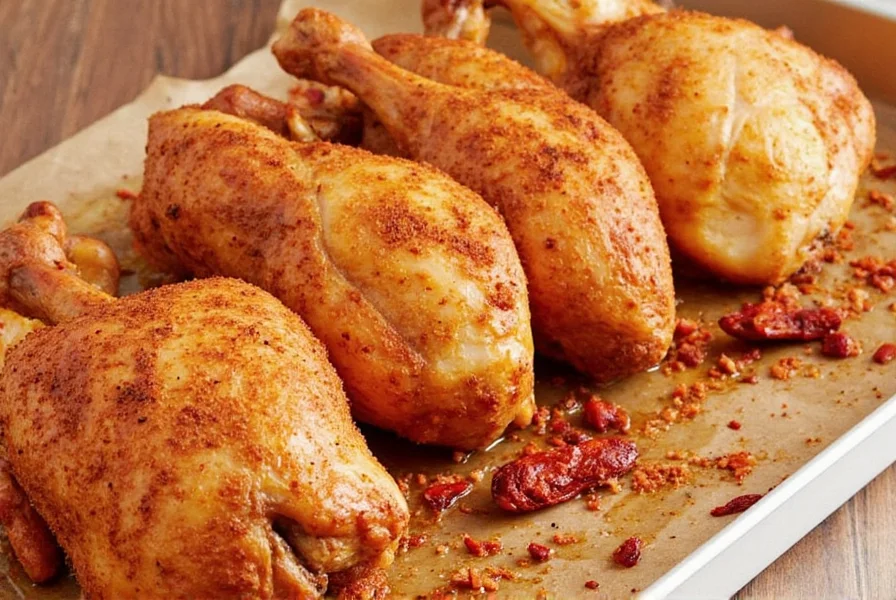
Frequently Asked Questions About Roasted Chicken Spice Rubs
How long should I let the rub sit on chicken before cooking?
For best results, let your spice rub sit on the chicken for at least 30 minutes before roasting. This allows the flavors to penetrate the meat. For even deeper flavor, you can refrigerate the rubbed chicken overnight. Just be sure to bring it back to room temperature before cooking for more even roasting.
Can I use fresh herbs instead of dried in my spice rub?
While traditional spice rubs use dried herbs for better adhesion and longer shelf life, you can incorporate fresh herbs by finely mincing them and mixing with a small amount of oil to help them stick to the chicken. However, for the classic dry rub texture and extended storage, dried herbs are preferred as they won't introduce moisture that could prevent crispy skin.
What's the difference between a dry rub and a marinade?
Dry rubs are mixtures of dry spices and herbs that create a flavorful crust on the surface of the meat, while marinades are liquid-based solutions that tenderize and flavor meat through soaking. Rubs work more quickly and are excellent for creating crispy skin on roasted chicken, whereas marinades typically require several hours to work their magic and can sometimes make the skin less crisp.
How do I store homemade spice rubs?
Store your homemade spice rubs in airtight containers away from heat, light, and moisture. Glass jars with tight-fitting lids work best. Properly stored, most spice rubs will maintain their flavor for 6-12 months. For longer storage, you can keep them in the freezer where they'll retain potency for up to 2 years. Always use dry utensils when scooping to prevent moisture contamination.
Can I use the same rub for other meats besides chicken?
Absolutely! Most chicken rubs work wonderfully on turkey, pork, and even fish. For beef or lamb, you might want to adjust the blend by increasing bold spices like cumin or smoked paprika. When using a chicken-focused rub on other meats, consider the cooking time and adjust salt content accordingly, as different meats have varying salt absorption rates.
Why is my chicken skin not crispy after using a rub?
Crispy skin issues are often related to moisture. Make sure to thoroughly pat your chicken dry with paper towels before applying the rub. If your rub contains any wet ingredients or you added oil, this can steam the skin rather than crisp it. Also, ensure your oven is properly preheated to a high temperature (400-425°F) and avoid covering the chicken while it roasts.
Conclusion: Time to Spice Up Your Life!
A great roasted chicken spice rub isn't just about slapping on some seasoning — it's a culinary art form. Whether you're making your own custom blends or picking up a high-quality store-bought version, the right rub can take your roast chicken from ordinary to unforgettable.
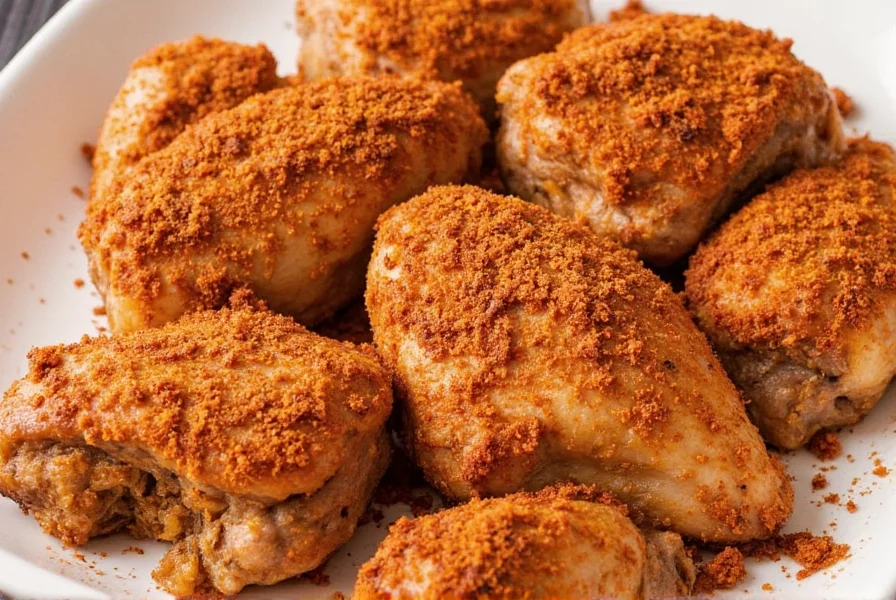
So go ahead — experiment, play with flavors, and most importantly, have fun with it. After all, life is too short for boring food. Now get out there and rub that chicken like it owes you money!

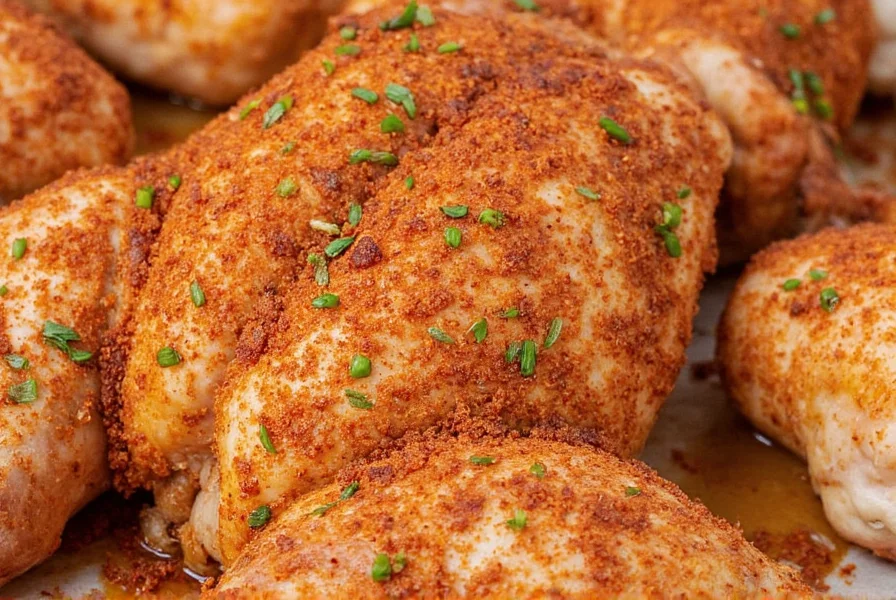









 浙公网安备
33010002000092号
浙公网安备
33010002000092号 浙B2-20120091-4
浙B2-20120091-4